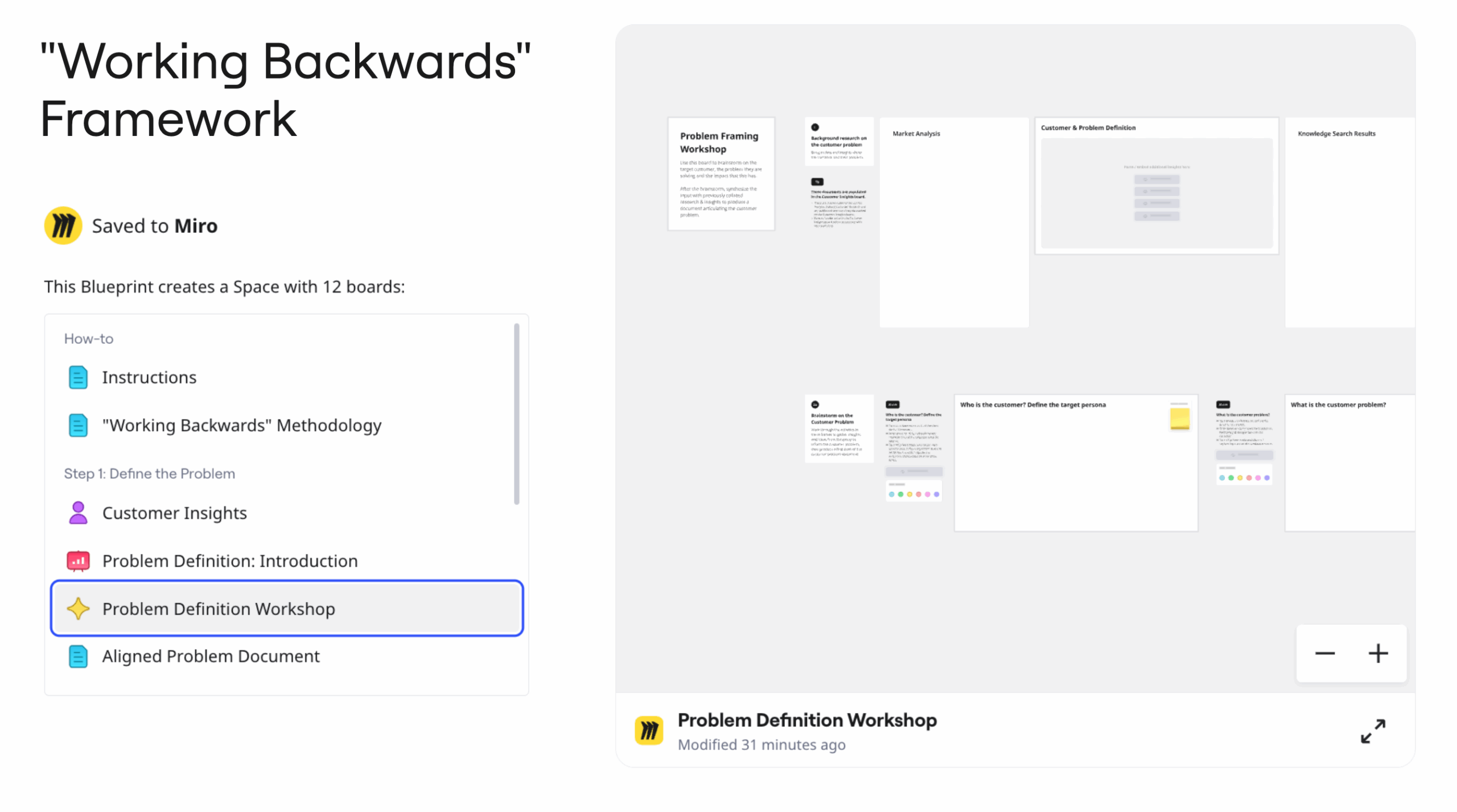Customer-centric marketers are laser-focused on the customer experience. This strategic approach challenges marketing teams to better understand customers so they can offer value at every interaction based on customer needs and interests. Teams who adhere to this approach often invest a lot of time and energy understanding the psyche of the customers who matter to them most.
Those who find success in customer-centric marketing can put themselves in the customer’s shoes to build campaigns based on the customer’s point of view, rather than from their organization’s internal objectives. For example, moving from a strategic objective of “optimizing the funnel” to “optimizing the customer journey” is a way to shift towards customer-centricity.
Businesses and customers alike benefit greatly when customer-centric marketing is done right, from creating great experiences that build loyalty and trust, to ultimately improving conversions and maximizing revenue. This is especially important for SaaS businesses where retention is key to healthy growth.
Customer-centric marketing strategies in action
Being customer-centric is more than just a culture shift — it’s a way to operationalize customer insights to drive results. Here are some examples of industry leaders who have accelerated their growth and dominance in their categories using customer-centric marketing strategies.
Personalization drives 29% revenue increase: Amazon’s tailored recommendations
Amazon customizes the products it recommends based on an individual’s shopping behavior. This not only makes the experience feel more relevant, it actually boosted Amazon’s revenue by 29%, showing how effective personalization can be at improving conversion.
Intensive listening drives a $623 million business: Slack’s commitment to user feedback
Slack has always used customer feedback to build a better product to serve customer needs. In fact, Slack took seven months just to garner feedback before their preview release in August 2013. And this model paid off: by continuously sourcing opinions from friends at other companies and building a feedback loop, the company created a trusted brand with millions of users and rocket-speed growth, bringing in over $600 million in FY 2020.
Adaptability drives 350% revenue growth: Stitch Fix’s strategic pivot during the pandemic
From customer surveys to monitoring industry trends, Stitch Fix always wants its finger on the pulse. That’s why despite order backlogs and supply chain issues during the pandemic, the company grew its business. It saw the demands of customers shifting as the need for office or travel attire was significantly reduced. So they pivoted from a subscription box model to allow customers to buy individual items. By offering flexibility and more athleisure items, Stitch Fix grew its women’s activewear segment by more than 350% year over year.
3 templates to kickstart your customer-centric marketing strategy
1. Target Audience Template
See how Miro empowers marketing teams

The first step toward customer centricity is narrowing the scope of potential customers and identifying your target audience. This allows marketers to be more granular and personal in identifying the pain points, solutions, and potential value of their product.
When companies skip this step, customer experience suffers. Have you ever been on a website and thought, “How is this relevant to my work?” This is likely because that company hasn’t invested enough resources into understanding who they want to target. Unfortunately, this results in content that is overly general. In the hopes of alienating no one, it alienates everyone.
Target audience analysis involves describing your audience in terms of a variety of demographics including age and gender, income, education, and location, or psychographics like interests and opinions.
2. Buyer Persona Template

Once you’ve defined your target audience it’s time to get even more personal with the buyer persona. Personas are representations of your ideal customer with needs, goals, and pain points that help you develop a more human-centric taxonomy and a consistent language for how you talk about customers. (This is different from the target audience, which is an analysis of a large group of people, while personas are semi-fictional representations of individual customers.)
The most useful buyer personas reflect market research and insights gathered from user research. Personas represent a synthesized version of your ideal buyer based on these observations of many people. This will help your team get up-close and personal with the ideal customer profile. Personal attributes like a name, personality traits, tech-savviness, interests, and desires build empathy and help the team to metaphorically “put the customer in the room” during brainstorming, planning, and more. Personas help marketers focus keyword research efforts and are useful to reference when writing marketing copy. Personas also help narrow down and prioritize promotional initiatives.
3. Customer Journey Map Template

update: Now that you’ve drilled down into the target audience and buyer personas, it’s time to improve your understanding of the audience’s interaction with your brand. That’s where the customer journey map comes in. This exercise helps you plot out and visualize the customer’s experience at every touchpoint.
- What is the customer’s goal?
- What are they feeling?
- What friction are we causing?
- How can we improve this experience?
Mapping out customer journeys helps explain why customers make the choices they do and which aspect of your product is most valuable to them. While the marketing funnel is a great tool for helping us to organize internally, the customer journey map allows marketing teams to put the customer at the center and build a strategy based on the customers’ experience. Now the team has a framework built from the customer’s perspective from which they can brainstorm, experiment, and optimize.
When we make an effort to connect with our customers and truly understand them, we create a more empathetic experience. This builds brand loyalty and enables customers to trust that brands understand their pain and in turn know how to improve their lives.
With these three templates, your team has a great jumping-off point for creating a customer-centric marketing strategy. Now you have the roadmap you need to get started — either by using the templates individually as needed or bringing all three templates together on a Miro board for a customer-centricity workshop. We can’t wait to see what you collaborate on with your team.




